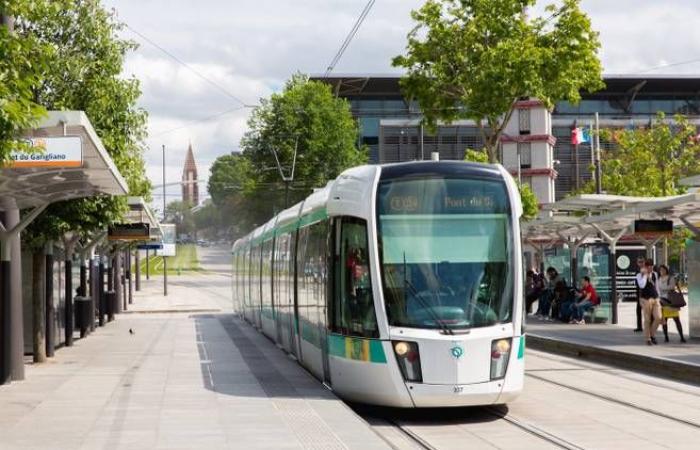These are the first words that come to mind for Jean-François Mahé, director of the Gatineau-Ottawa tramway project office at the Société de transport de l’Outaouais (STO), when asked to what extent the region — and on a broader scale Quebec and Canada — is behind Europe in terms of public transportation systems.
From Avignon to Caen via Nantes, Grenoble, Besançon, Reims and many others, all the cities in France whose population exceeds the 100,000 people mark have their own tramway, he wants to say. Gatineau — excluding its outskirts and of course not counting downtown Ottawa — had 299,000 inhabitants at the start of the year. According to projections, the population will be 332,000 people by 2041 and it is precisely in the Aylmer sector, in the west of the city, that the increase will be by far the most significant (+ 56% between 2016 and 2051). ).
More concrete answers
Regardless, according to Mr. Mahé, the population must understand that the planning phase which can begin next year thanks to the investment of $163 million announced by Quebec and Ottawa on Thursday for the tramway connecting west Gatineau to the Portage Bridge is a “very important” milestone for the project, the total cost of which is still to be determined.
The bill initially mentioned, which will have to be adjusted to reflect inflation, was four billion.
“This is a very, very important step because we will at least be able to move forward with more detailed studies than what had been done before. Before, we were just on: the tramway will pass through this corridor, very well, it’s perfect, because we were close to the activity hubs. But once we have said that, what will be the impacts on road traffic, will we put in active modes, where will we put sidewalks? Will everything go well at the traffic lights? Where will we position the interchange hubs? Where will we put the maintenance centre? Then, we will be able to study all of that,” says the director of the Gatineau-Ottawa Tramway Project Office, Jean-François Mahé.
The Frenchman claims that in the end, three years after the start of his new phases – in 2028 – we will have “the answer to all this”.
“The objective for the next three years is to have the answer to the question of how to redevelop the public space around (the route), where exactly we are going to position the stations, how often it will run, etc.”, he notes.
Jean-François Mahé, director of the Project Office for the Gatineau-Ottawa tramway. (Etienne Ranger/Le Droit Archives)
Not afraid of the challenge facing him and his team, he agrees that the project, due to its interprovincial nature and the fact that it would cross a river, remains “minimally complex.”
“Beyond that, it remains a tram project, like we do everywhere in Canada, like we do in Europe too,” he comments.
At the earliest in 2036
STO CEO Patrick Leclerc says that if “everyone is hesitant to set dates” for a timetable for the probable commissioning of the 100% electric means of transportation, it is because there are certain imponderables and each of the key stages has its approximate duration.
But realistically, he believes, these vehicles, which will need to be able to move more than 5,000 passengers per hour in each direction, could be on the rails no earlier than 2036.
Patrick Leclerc, general manager of the STO. (Simon Séguin-Bertrand/Le Droit Archives)
“We have to calculate from 10 to 12 years (from the start of the planning studies phase in early 2025), but closer to 12 years because there is a year, in fact the last one, where you run your network with no one in it,” explains Mr. Leclerc, who points out that “all the calls for tenders will come out” in the next 12 months.
If the planning phase is to extend over two years from next year, the procurement phase will last around 24 months thereafter, which would then take us to 2030 at the earliest for d possible more concrete construction and engineering works.
“Before starting all these studies (in 2025), there are hundreds of deliverables, it’s very technical,” he continues, specifying that a multidisciplinary consultant will also have to be hired.
In the longer term, the Office of Public Hearings on the Environment (BAPE) will also have to scrutinize the project.
Like building a house
Mr. Leclerc also insists that the step taken on Thursday is an essential one.
“It’s important, because when people say “ah, but it’s just studies”, you have to tell yourself that it’s the same principle as when you say you want to build a house and you have the concept. Here, we have the concept of the house. You couldn’t start building your house and pouring the foundation if you don’t have the plans and specifications, he says. Here, we’re moving towards that, we’re progressing to go towards more details and then go to plans and specifications, to realization, etc. It’s very concrete.”






